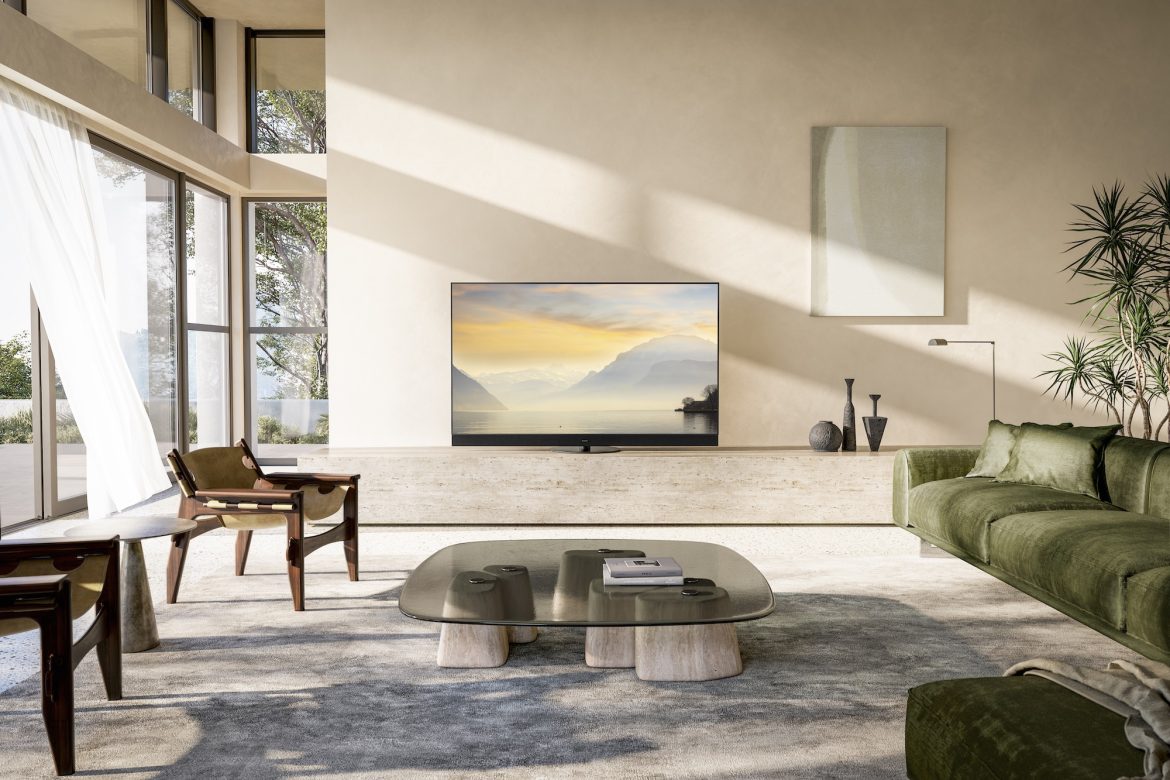TL;DR
Panasonic's new Z95A OLED TV continues its reign as a top-tier display, boasting exceptional picture quality for movies, shows, and gaming thanks to its advanced processor and LG's MLA OLED panel. It offers impressive brightness and colors, especially with high-quality sources like 4K Blu-rays and premium streaming. The integrated Dolby Atmos sound system is also a significant upgrade. However, the switch to Amazon Fire TV is a letdown, with a clunky interface, older OS, and troublesome HDMI-CEC functionality that hinders seamless integration with AV equipment. Despite the smart TV drawbacks, if pure visual fidelity is your priority, the Z95A delivers an outstanding experience. Discover if the incredible picture quality makes up for the smart TV compromises by reading the full review.
For the past decade, Panasonic has consistently set the benchmark in the high-end OLED TV market. While competitor Sony has presented strong challenges in both picture quality and price, Panasonic’s top-tier models have generally garnered the most acclaim. Nordic United, a prominent film and TV post-production studio in Stockholm, utilizes Panasonic OLEDs for consumer-level grading. These panels have also been employed in Swedish film productions, including the blockbuster Avgrunden, as well as at Nordisk Film and Johan Falk.
The primary criticism of these panels, aside from the less-than-ideal HDMI port placement (which, regrettably, persists this year), has centered on the smart TV functionality, or its perceived shortcomings. The FireFox-based TV OS, while remarkably fast due to its simplicity, has lacked dedicated apps for several major local streaming services, such as TV4 and HBO. This year marks a shift to Amazon’s Fire TV, a smart TV ecosystem with limited penetration in the Nordic market. The question is whether this move will change that. While most desired apps are available, along with the ability to link an account with Amazon Prime for streaming included content and renting/purchasing movies digitally, the transition presents both advantages and drawbacks, which will be discussed further.
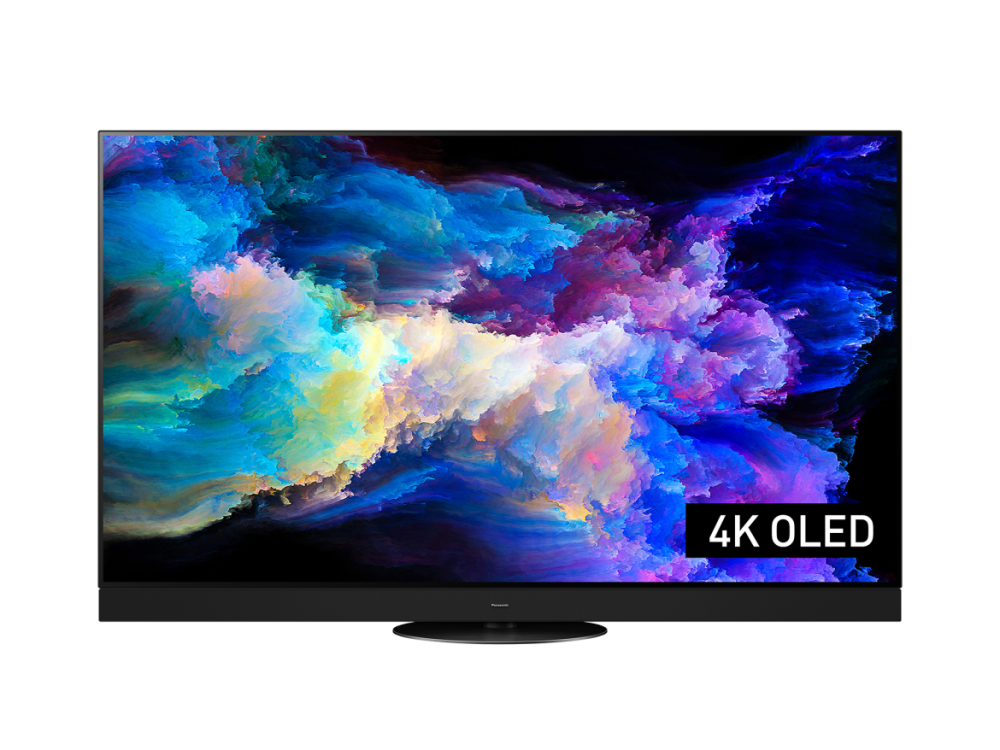
New Model Designation – Continuity in Key Features
Last year’s flagship model, the Panasonic MZ2000, adhered to the xZ1500-2000 naming convention. This year’s iteration is designated the Panasonic Z95A, and we had a brief hands-on experience in Düsseldorf last year. It will be followed by the Z95B later this year. While the significance of “Z95” remains unclear, the TV maintains a design similar to its predecessor, featuring a premium Master OLED Ultimate panel sourced from LG Displays. This is complemented by a built-in Dolby Atmos speaker system, arguably the best currently available for a seamless integration within living spaces. Panasonic’s Filmmaker Mode, which disables all digital “image enhancement” features, has become widely adopted by major manufacturers. It reproduces images and measures values exceptionally close to reference standards for film and television, minimizing the need for CalMAN calibration for users prioritizing optimal picture quality without professional-level grading requirements.
The Z95A incorporates the second-generation MLA OLED panel (identical to that in LG’s G4) but leverages Panasonic’s proprietary video processor (HCX Pro AI MK 2) and software. This combination results in unique performance characteristics, preventing direct comparisons with competitors despite the shared underlying panel. The panel supports a 144 Hz refresh rate with Dolby Vision enabled, offering native support for PC or PS5 without DV. Ensuring amplifier compatibility is crucial for connections via an amplifier. The theoretical peak brightness is rated at 3,000 cd/m2, achieved through MLA technology and AI-driven algorithms. In practical testing, we measured closer to 1,600-1,700 cd/m2 (on 25% of the image area), a substantial improvement over previous models that typically reached 1,000 cd/m2. HDR capabilities include both “Normal” and “Dynamic” modes, designed to enhance detail and specific areas. Dolby Vision offers a Precision Detail mode that leverages AI to further refine lighting in certain regions. As with prior generations, comprehensive HDR format support is provided, encompassing HLG to HDR10+, the latter seeing renewed interest despite Dolby Vision’s current dominance. Mirroring previous years, the Z95A features two HDMI 2.1 ports with full support (now up to 48 Gbps, resolving the Xbox warning concerning 4K, 120 Hz, and Dolby Vision), and a total of four HDMI inputs. Here, Panasonic and Sony offer fewer fully-featured ports than Korean manufacturers like LG and Samsung. Moreover, one of the two 2.1 ports suitable for VRR and console use is shared with eARC, required for transmitting audio from various sources to devices like amplifiers or soundbars.
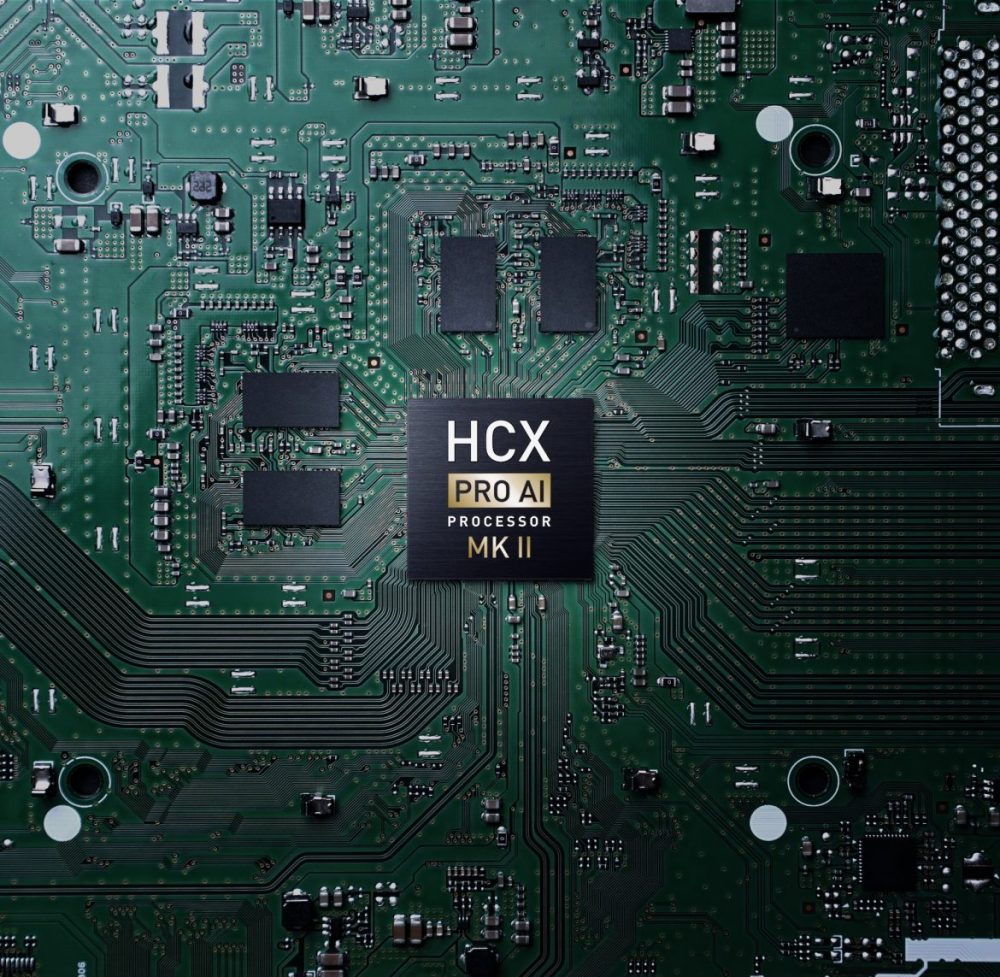
Exceptional Picture Quality for Film, TV, and Gaming
Over the years, we have extensively analyzed the technology within Panasonic’s panels and their proprietary heat dissipation design, which enables the manufacturer to extract more light and power from their OLED panels for extended periods compared to standard implementations. Consequently, this review will focus directly on the picture quality of the 2024 flagship product. Does the Panasonic Z95A justify its premium price, approximately 33,000 SEK for the 55″ model and nearly 50,000 SEK for the 65″ version (a 77″ model is also available, albeit without the latest OLED panel technology)?
The Panasonic Z95A excels with high-quality source material. Films and TV series on physical UHD 4K discs offer the best possible experience. The elevated bitrates, reduced compression, and full utilization of the panel’s color palette, brightness, and contrast range result in stunning visuals. For example, the entertaining Deadpool vs Wolverine on UHD 4K presents a 2160p transfer that seamlessly blends digital CGI effects with real-world environments. The arid desert landscapes in The Void are rendered with exceptional sand grain detail, while the superhero costumes exhibit vibrant colors and intricate textures in the deepest reds, golds, and browns. Similarly, the recently released blockbuster Dune: Part Two, known for its striking colors and details, is displayed with remarkable precision on the Z95A, showcasing both vibrant hues and truly deep blacks.
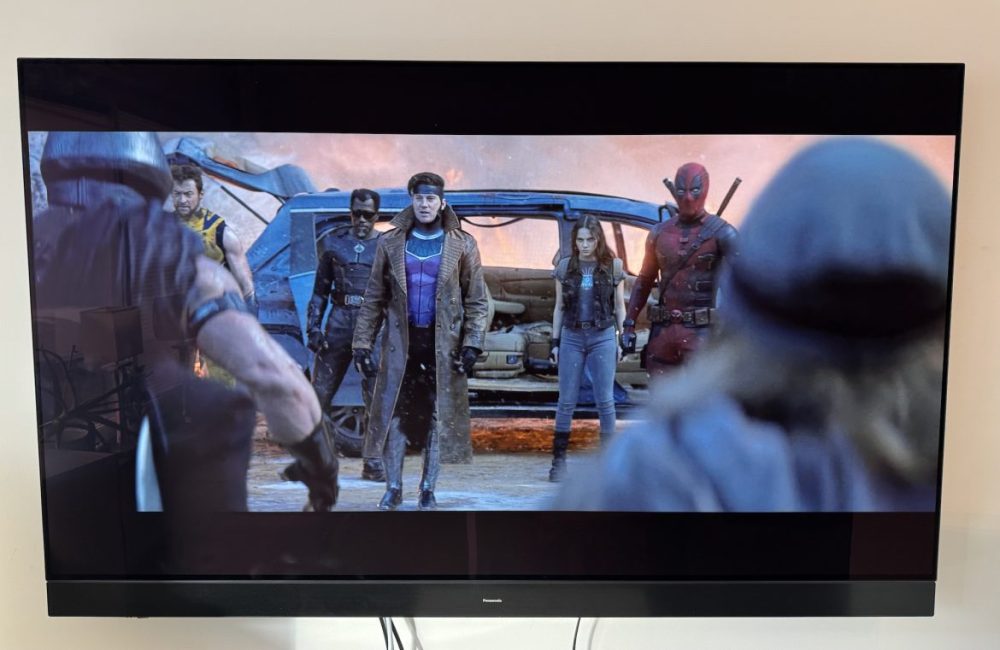
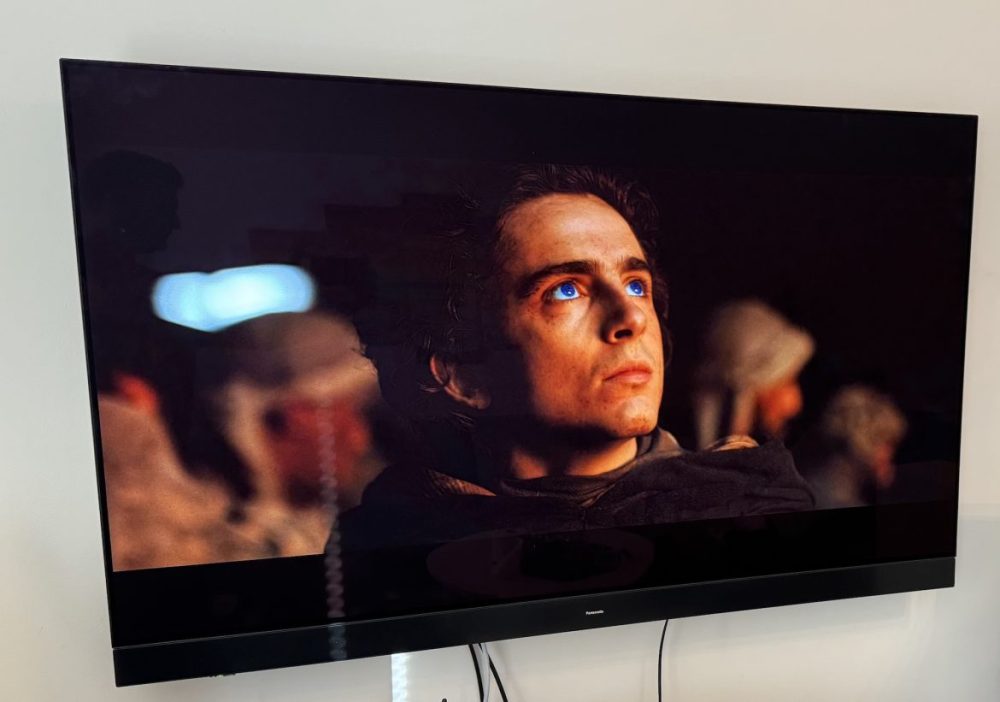
When playing an older classic, such as the recently released SF Studios version of Chinatown on UHD 4K, both Paramount’s restoration efforts and the HDR mastering are brought to life on the Panasonic Z95A. The picture is atmospheric, characteristically detective-inspired with its gray and brown tones, and simultaneously lush, with crystal-clear sharpness, remarkable depth (the Z95A excels at rendering “abyss black”), and vibrant contrast. Short of seeing it in a theater, it’s hard to imagine experiencing this Jack Nicholson classic better than this.
While we advocate for UHD 4K and encourage enthusiasts to support the format, the decreasing prevalence of disc players in homes is undeniable. Even the Playstation 5 and its Pro variant are no longer universally equipped with UHD disc drives. Streaming has become the dominant medium, and despite reservations regarding the format’s compromises, its convenience and accessibility are undeniable. The Panasonic Z95A excels in this domain. Streaming services like Netflix, Amazon, and Max (HBO) offer varying bitrates for their “UHD 4K” productions, with Netflix typically providing the highest quality with its premium subscription (Glass Onion serves as a prime example). Purchasing films further enhances the experience. The surprisingly well-acted Hammarskjöld in 4K on AppleTV, already impressive on last year’s MZ2000, receives a noticeable boost on the Z95A. The enhanced brightness, richer colors, greater detail, and palpable sense of heat are significant improvements. This overall impression holds true for high-quality streaming, and even when lower bitrates compromise the “UHD/4K/Dolby Atmos” experience, rendering it no better than a standard Blu-ray in Full HD 1080p and 5.1 sound, the Z95A consistently maximizes the visual fidelity.
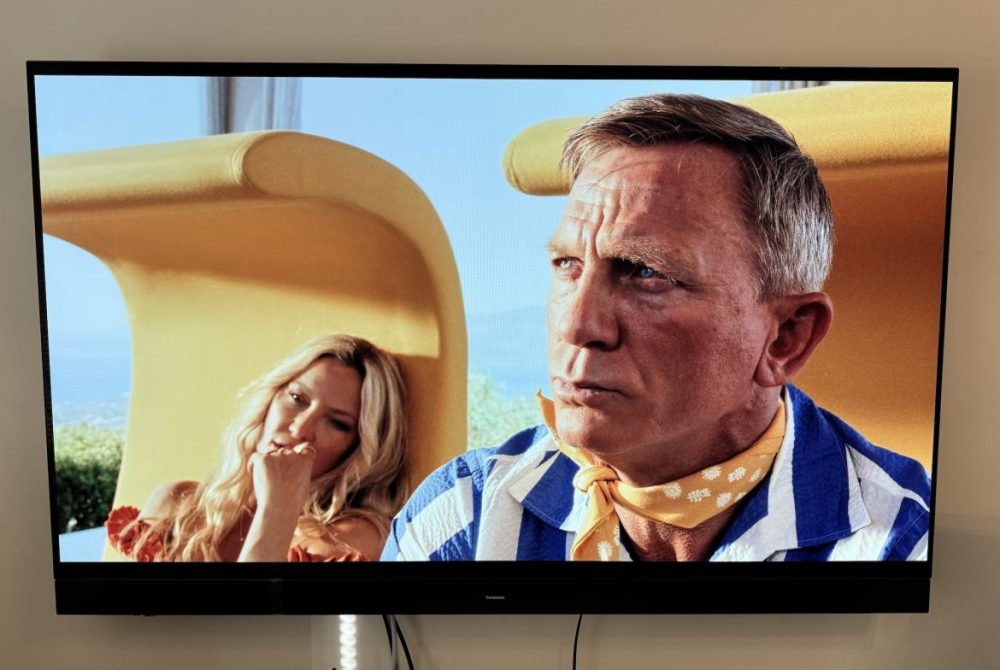
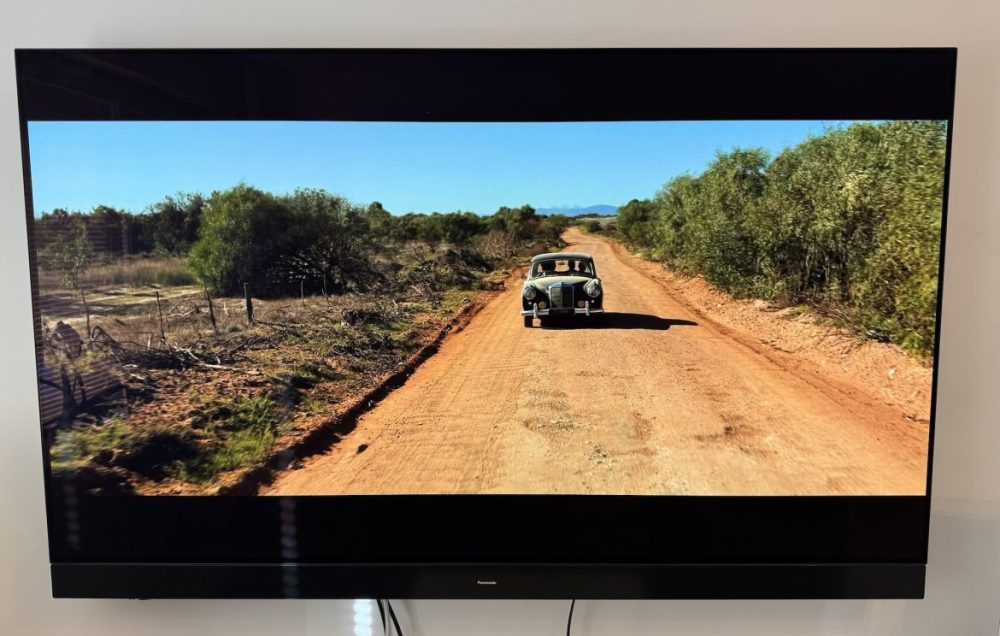
As an aside, the default selection of Standard mode instead of Bio or Filmmaker mode on a flagship TV is perplexing. While informed consumers will likely adjust this setting, retailers showcasing demo footage could benefit from the vibrant output of such a mode. Standard should not be the default setting.
Returning to the Z95A’s image reproduction, linear TV sources, such as IP-TV via Telia’s service, exhibit impressive quality despite the typical 1080p resolution and 5.1 audio. Studio broadcasts and sporting events are rendered well. During winter sports coverage, the snow appears particularly bright and pristine. However, the sports mode on certain football broadcasts may oversaturate the light, potentially impacting detail and natural colors. Experimentation with different picture modes is recommended.
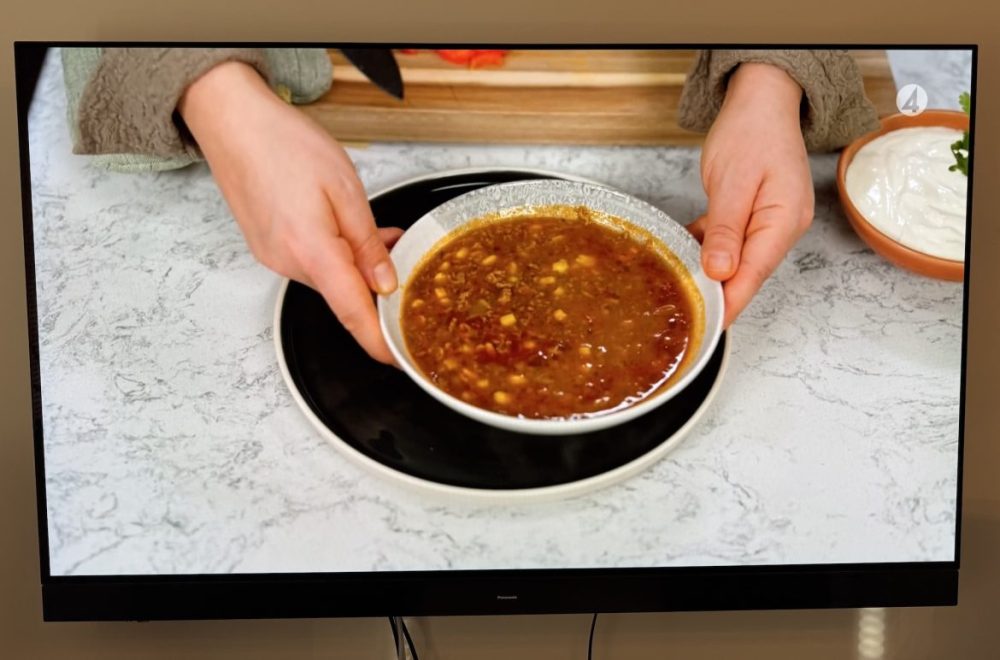
Gamers benefit from two distinct game modes. Game Mode automatically activates with ALLM enabled on consoles, providing a bright and colorful picture with minimal input lag suitable for most users. Building upon last year’s MZ2000, the True Game Mode offers further enhancements (although it does not activate automatically). This mode delivers improved color accuracy and calibration options while maintaining minimal input lag (under 5 ms).
For a change of pace, consider older, non-Full HD or 4K digital material. The Playstation 3 was retrieved from storage, and Disney Infinity, a title celebrated for its vibrant colors and creative use of lighting, was selected. Upon closer inspection, the large pixels reveal the game’s origins with its 720p resolution and SDR color palette. However, in motion, the overall presentation remains surprisingly energetic and contemporary. The upscaling is smooth, and the color reproduction is vivid, despite the absence of VRR and HDR support. The contrast and light management convincingly simulate sunlight, remarkable for a system approaching its 20th anniversary.
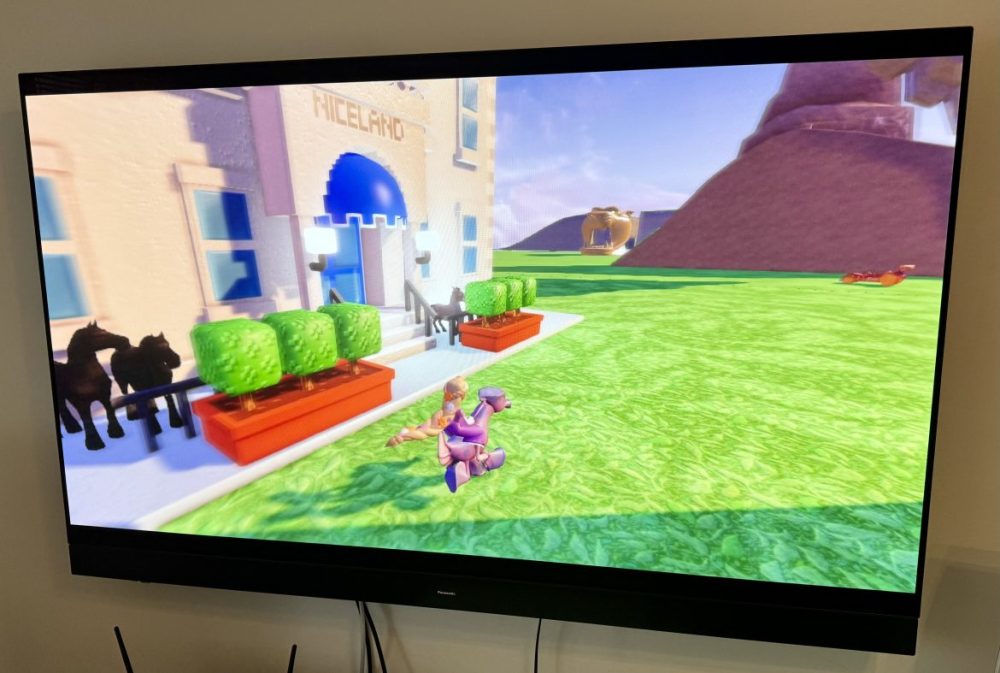
Stepping up to more modern games allows for appreciation of cinematic masterpieces such as God of War: Ragnarök and Indiana Jones and The Great Circle. Modern games offer cinematic experiences under player control, and the Z95A renders these titles with exceptional clarity and immersion. From God of War‘s lava-strewn landscapes to the tense underwater sequence in Indiana Jones, the TV delivers a truly cinematic feel.
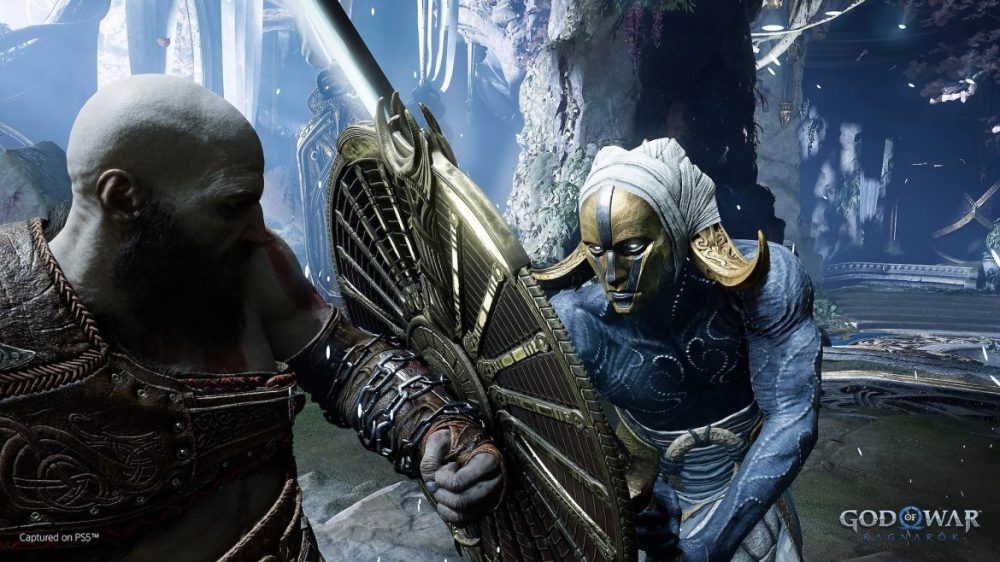

What are the shortcomings of the Z95A’s image reproduction? Finding significant flaws is challenging. The WOLED technology may not quite match QD-OLED’s color saturation in certain areas (e.g., red), but it offers more refined subpixel handling. Samsung‘s SD95 incorporates an improved anti-reflection filter, an advantage unrelated to the WOLED/QD-OLED technology itself. The 1700 nits of brightness is impressive, although this cannot be sustained indefinitely to prevent overheating. Identifying weaknesses requires meticulous scrutiny. Future analysis will focus on the third-generation MLA panel expected this fall in the Z95B flagship. However, we can confidently assert that the Panasonic Z95A currently delivers the best overall TV picture available, regardless of price point.
Enhanced Dolby Atmos Sound System
Panasonic continues to innovate in audio, refining the Technics-optimized built-in speakers in the Z95A. The sound system, now branded 360 Soundscape PRO, delivers improved bass, clearer spatial separation (Dolby Atmos), and enhanced dynamic range for film and TV. While it doesn’t rival a dedicated mid-range or higher amplifier and speaker setup, its performance is exceptional, considering the absence of additional components or cabling. The advancements since Panasonic integrated this sound system into its flagships, starting with the GZ2000 over five years ago, are noteworthy.
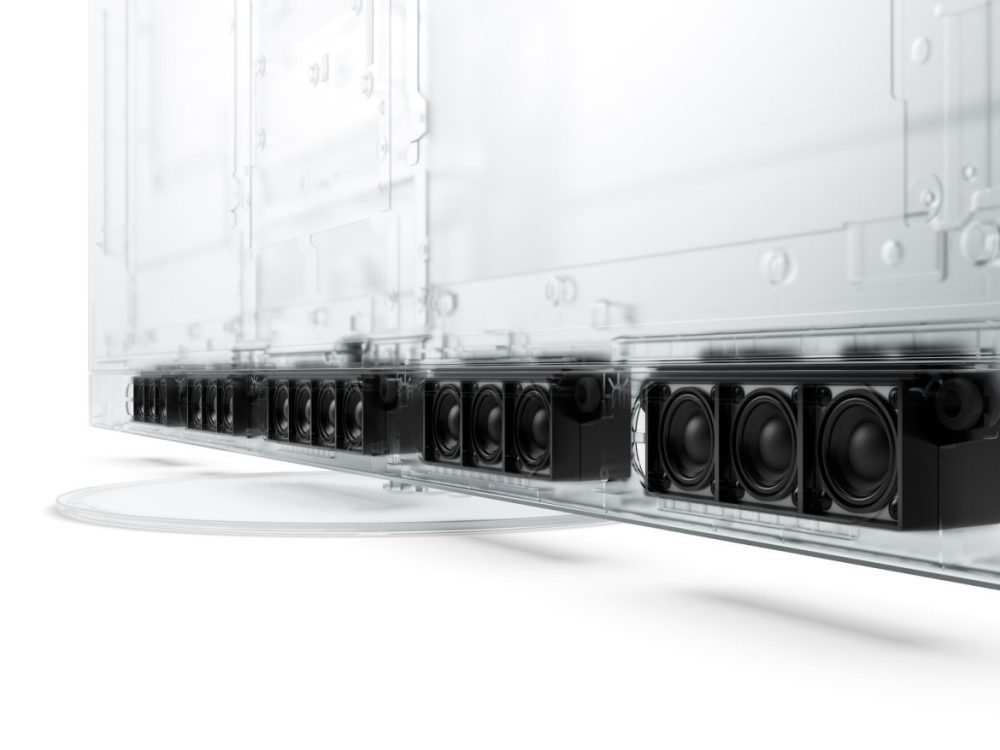
Amazon Fire TV – Areas for Improvement
The Amazon Fire TV operating system replaces the previous MyHomeScreenOS, offering a more modern smart TV experience. However, several shortcomings are present. Amazon Fire TV is built upon an Android 11 base. Considering the availability of Android 15 and the forthcoming Android 16, the underlying OS is nearly five years old, inherently less responsive, and further burdened by an additional operating system layer. While the performance is acceptable, more responsive alternatives, such as Apple TV or the Google TV Streamer, exist. Occasional glitches occur, such as arbitrary input switching at startup. While these are minor issues, they indicate room for improvement.
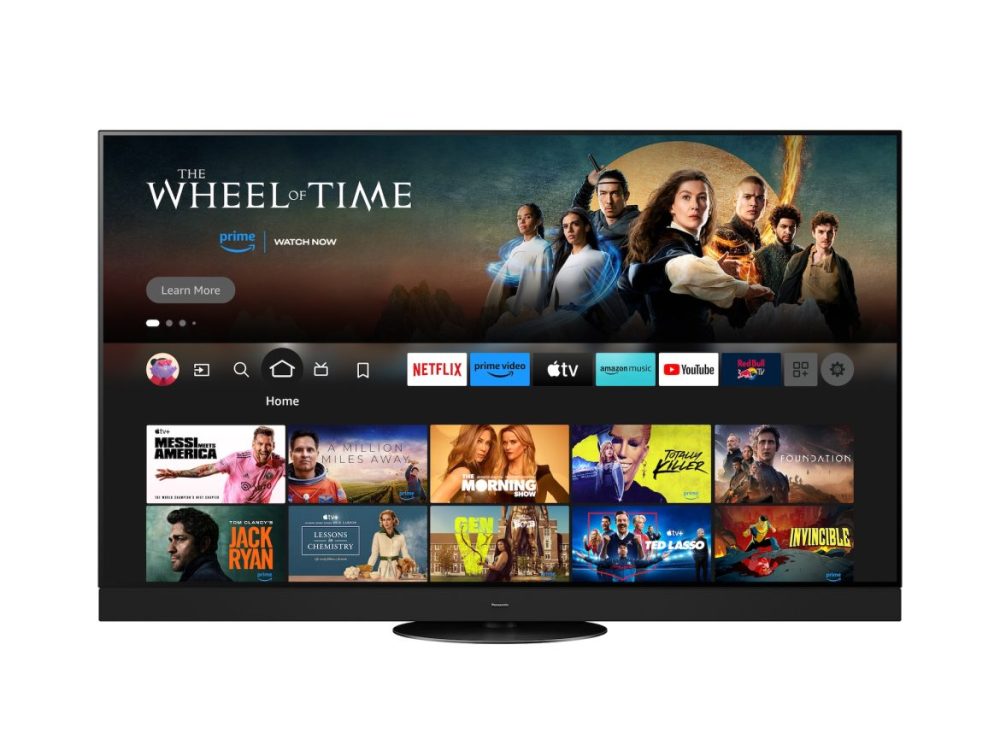
More significantly, Amazon Fire TV replaces the entire TV’s menu system and settings. While this may be a matter of adaptation, locating previously easily accessible settings (e.g., disabling TV speakers) proved difficult. While most settings are present, navigation is less intuitive. Furthermore, HDMI-CEC functionality is compromised. In contrast to the seamless integration with our Yamaha Aventage RX-A6A reference amplifier on the MZ2000, the Z95A exhibits poorer performance. While power on/off functionality is largely consistent, automatic input switching on the amplifier is unreliable, necessitating manual control. While not catastrophic, this issue is a regression from previous years. Workarounds involving RF codes and signal adjustments exist, but these add unnecessary complexity compared to the previous plug-and-play experience.
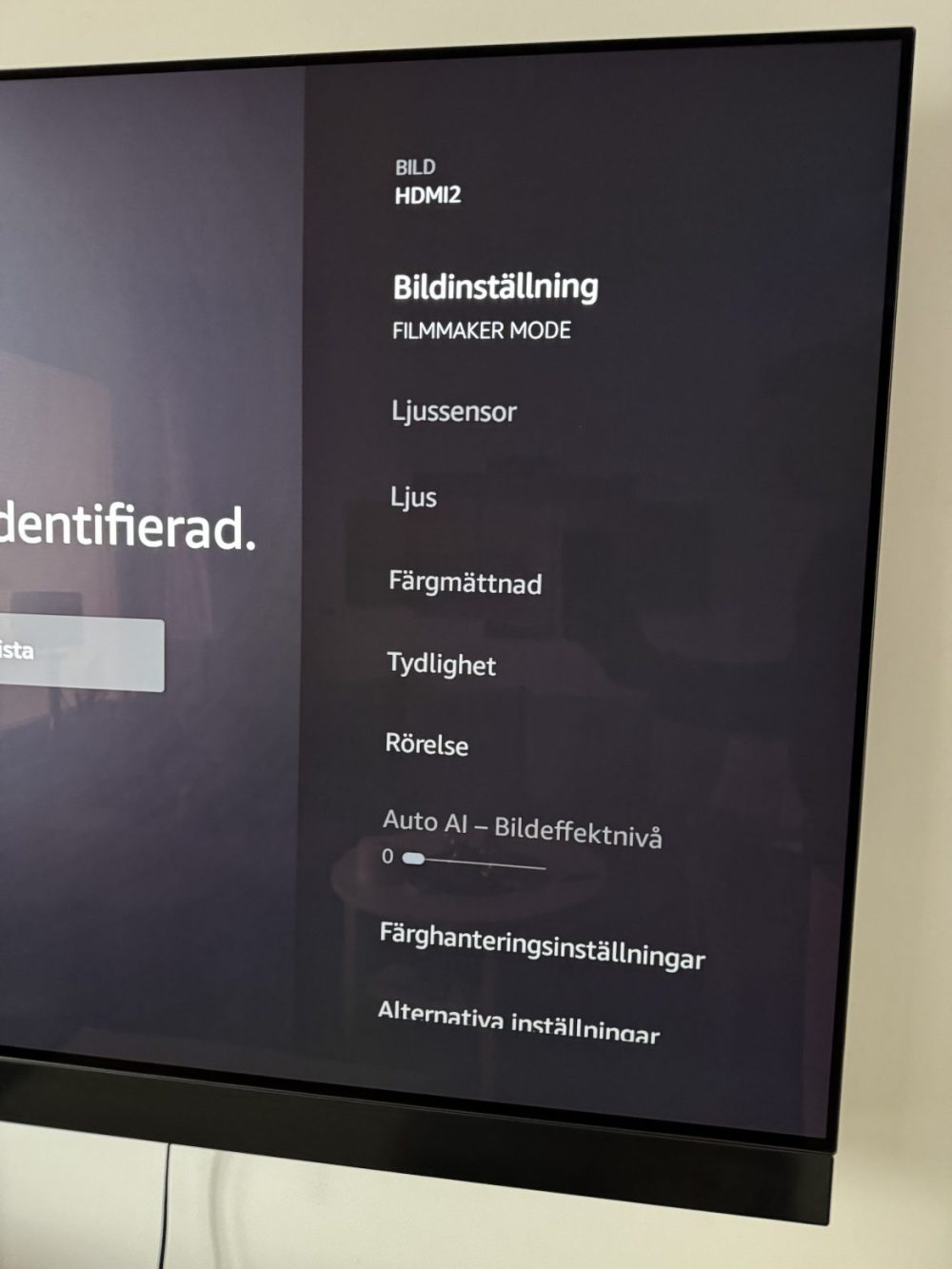
A new system warrants some leniency, acknowledging the potential for initial issues. Future software updates may address these problems. However, the simplicity and responsiveness of the previous menu system, and the reliable HDMI switching, are missed. An Apple TV remains necessary for faster operation and superior picture/sound quality. Consequently, the transition to Amazon Fire TV represents a net downgrade in its current implementation.
Summary: Panasonic Z95A
Despite its premium price, the Panasonic Z95A is highly recommended for those prioritizing peak picture quality. While competitors such as the LG G4 and Sony A95 offer compelling alternatives, the Z95A excels across all evaluated parameters. However, the adoption of Amazon Fire TV is a mixed bag. In its current form, it feels like a step backward. In addition to its sluggishness, the menus and settings for sound and picture are more complex, and the HDMI switching issues create unnecessary daily irritation.
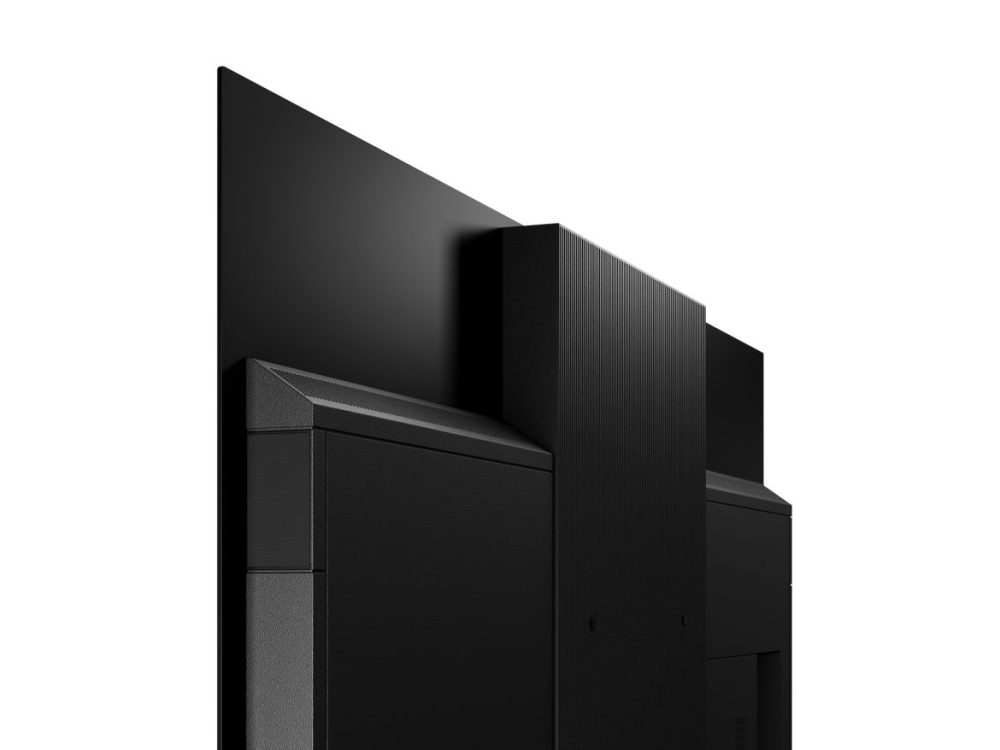
Looking ahead, the 2025 model, the Panasonic Z95B, showcased at CES in January, will feature the next-generation MLA panel in a 77″ version, alongside a likely updated Fire TV implementation addressing current software deficiencies.
Perhaps.
For the absolute best picture quality for film, TV, and gaming available today, the Panasonic Z95A is the clear choice. It naturally becomes our new reference display. Budget and room size will dictate whether to opt for the 55″ or 65″ model. The larger the better, and we eagerly anticipate the 77-inch version this fall…
Panasonic provided a unit for this review. Material providers have no editorial influence over our reviews.
